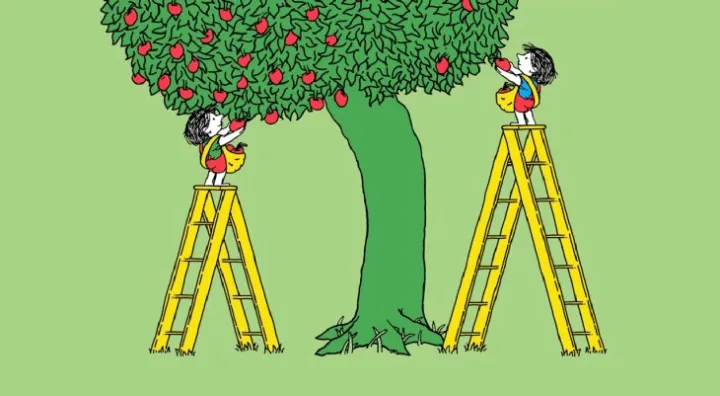Equality Vs Equity, what is the difference?
In the pharmaceutical sales training program, we get trainees from diverse backgrounds, some are experienced, fresher, pharmacy graduates, bioscience or commerce or arts graduates
In the experienced category, some are from banking or retail sales.
As we know equality, means providing equal resources and opportunities to everyone irrespective of whether the individual is fresher or more experienced. Whether the learner is having prior experience...
In the experienced category, some are from banking or retail sales.
As we know equality, means providing equal resources and opportunities to everyone irrespective of whether the individual is fresher or more experienced. Whether the learner is having prior experience...




